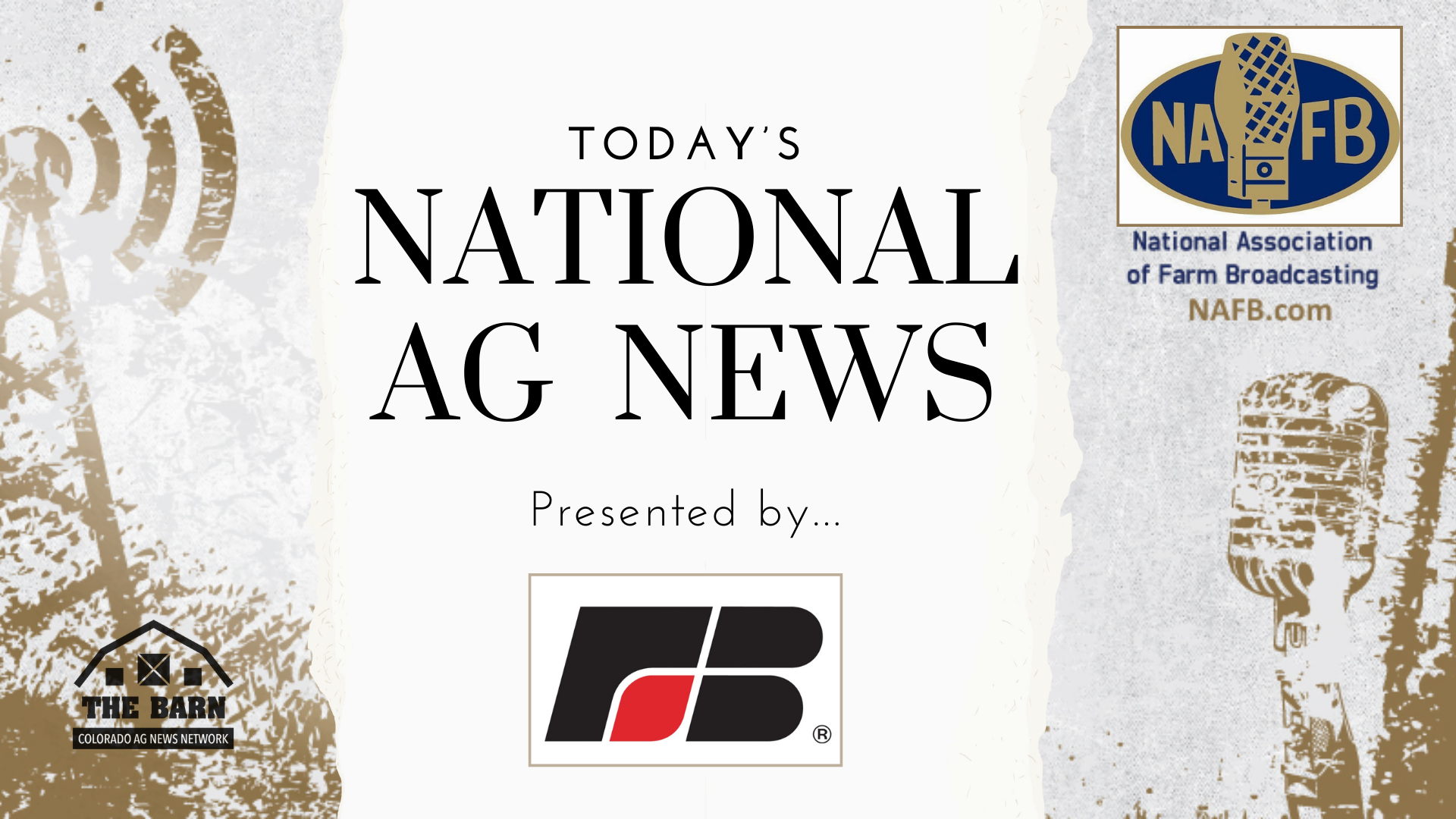April 26th, 2024
Rabobank released its North American Agribusiness Review
Rabobank released its North American Agribusiness Review, a bi-monthly analysis of market conditions and trends across North American agriculture. Among the highlights, the report says American consumers have proven far more resilient than expected, and they continue analyzing the drivers behind evolving consumption patterns. Grocery sales have started to recover as food inflation has slowed. “Our upstream market expectations are mixed, with continued weakness in some sectors and expected recovery in others,” says RaboResearch head Roland Fumasi. For example, in the beef sector, Rabobank says in early 2024, U.S. beef imports will expand while exports shrink. However, U.S. beef and cattle demand posted early highs this year. In corn, the industry consensus is that farmers will find a way to get planted corn acres up to 91 million as most planting conditions have been favorable. Headwinds against soybeans include higher interest rates and a stronger dollar, which appreciated against several currencies.
***********************************************************************************
AMI Calls for Worker Protections at Beef Facilities
As the USDA issued a nationwide order requiring lactating dairy cows to test negative for HPAI before transport, the American Meat Institute says that properly prepared beef remains safe to eat. The Institute is asking the USDA and Centers for Disease Control and Prevention to provide worker safety guidance specific to beef processors to ensure workers get better protected from infection. “We’re calling on the agencies to issue additional specific guidance to ensure USDA Inspectors and meat company workers stay protected from infection,” says NAMI President and CEO Julie Anna Potts. “We will continue to work with USDA, state and local veterinarians, and our cattle producer partners to both stop the spread of the virus and to ensure beef production continues.” She also commends the USDA and CDC for working overtime to understand the spread of the virus and to determine its effects on the health of people and animals.
***********************************************************************************
NMPF Supports USDA Orders on Lactating Cows
The National Milk Producers Federation supports USDA orders on lactating cows. “Since the virus was first discovered in cows, H5N1 in dairy cattle has been primarily an animal health concern,” says Gregg Doud, President and CEO of the National Milk Producers Federation. “The USDA announcement and actions underscore that concern and focus on the well-being of animals and those who care for them.” USDA, FDA, and scientific research have established what accumulated science has indicated all along: The consumer milk supply is safe. “Pasteurization renders the H5N1 virus, like other viruses, inactive, an important reminder for consumers of its value as a basic safeguard for human health,” Doud says. “That said, the presence of this virus in dairy herds, as well as dairy farmers’ own commitment to animal and human health, makes USDA’s actions on testing and interstate travel appropriate.” Dairy farmers stand ready to ensure healthy animals, workers, and consumers.
***********************************************************************************
Growth Energy Applauds Nebraska SAF Credit
Growth Energy celebrated the significant legislation that will speed investment in Nebraska’s production of sustainable aviation fuel. The bill was signed by Nebraska Governor Jim Pillen and will provide a 75-cent per gallon tax credit for the production of aviation fuel that reduces lifecycle emissions by at least 50 percent. That number is calculated based on the most recent version of the GREET model. “We applaud every one of the biofuel champions in Nebraska who worked hard to advance this exciting legislation,” says Growth Energy CEO Emily Skor. “These incentives promise to propel Nebraska into a leadership position on SAF, which is the single most promising new market for low-carbon biofuels.” She also says with the right incentives and the best available science, as afforded by the Argonne National Laboratory’s GREET model, this approach promises to fast-track investments in low-carbon aviation that will benefit our climate, economy, and rural communities.
***********************************************************************************
USDA Continues Investing in Rural High-Speed Broadband
USDA Deputy Secretary Xochitl (so-CHEEL) Torres Small announced that the agency is partnering with rural cooperatives, local organizations, and tribes to support more high-speed internet deployment in 11 states. USDA is awarding $5.2 million in cooperative agreements through the Broadband Technical Assistance Program, which is funded through the Bipartisan Infrastructure Law. The funding will extend the reach of other high-speed internet programs to meet the goal of connecting every community with affordable, reliable high-speed internet. “Keeping the people of rural America connected with reliable, high-speed internet brings new and innovative ideas to the rest of the country,” Torres Small said during an appearance in Texas. “USDA is partnering with small towns, cooperatives, local utilities, and private companies working to ensure that people, no matter where they live, have access to high-speed internet.” She also says that’s how to grow the economy, not just in rural communities, but across the nation.
**********************************************************************************
Rising Gas Prices May Plateau Soon
After weeks of paying higher prices, those increases at the gas pump may be nearing a halt as refineries complete the transition from winter to summer gas blends. The changing fuel blends come with the changing seasons. Depending on the calendar, gas prices can be more expensive based on the blend drivers choose to use. “As the nationwide changeover to summer gasoline is now behind us, at least one of the three factors that had been actively causing prices to rise in the last couple of months is behind us,” says Patrick DeHaan of GasBuddy. “The largest pain point is refinery maintenance, and that will take a few more weeks to complete.” He also says production output should increase as that work finishes, which will likely put downward pressure on gas prices. Triple A says the distinction between summer and winter fuel is how easily it evaporates based on the temperature.
**********************************************************************************
